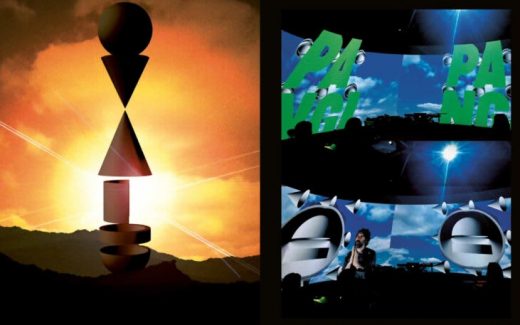How Swizz Beatz, Timbaland, and Outkast designed a more inclusive music industry
Streaming might be convenient for consumers, but it’s hard on creators, who earn fractions of a penny per stream. Over the past year, artists have found ways to work around the streaming economy to create a more inclusive, equitable music industry. And they’re using design to make it happen.
So say curators of a new exhibition at the Museum of Design Atlanta, called The Future Happened, which you can view virtually. The exhibition examines how design deepens our relationship to music, and it takes a broad look, going beyond album covers and liner notes. “There were a lot of photographers and designers and the kind of people that make stuff that looks really nice but don’t provoke change and question,” says lead curator Lawrence Azerrad, a Grammy-winning graphic designer. “I made the conscious decision not to include those people even though they might take awesome photos of rockstars. To me it only made sense to focus on the power of music to spark change. The last thing we need is another music show paying tribute to things we already know.”
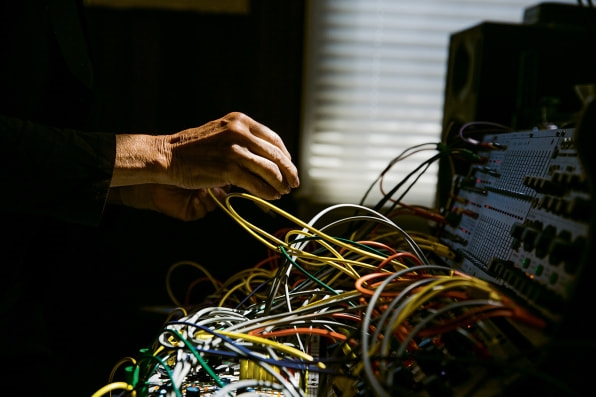
[Image: courtesy MODA/LAD Design Inc.]
Azerrad, along with co-curators Floyd Hall, Ruby Savage, and Marlon Fuentes, explored the creative ways that artists are fighting back against the power structures that undervalue them. Here, Azerrad and Hall discuss the specific ways artists are harnessing design to do so—from the built environment serving as a musical incubator in Atlanta to new platforms that help creators retain ownership over their music like Verzuz and Oda. “When you create with intention, that is design,” Floyd says.
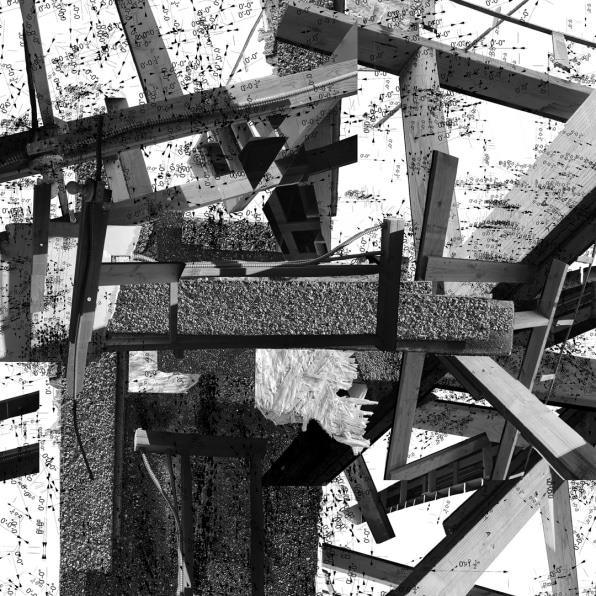
[Image: courtesy MODA/LAD Design Inc.]
In theory, social media makes it easier for emerging musicians without major record deals to gain exposure. But streaming has created an asymmetry that makes it hard for independent artists to catch a break. Spotify, for example, uses a “pro-rata” payment model that favors the biggest stars with breakout hits and the most plays. Even then, the payout can feel like pocket change. Last week, Apple announced that it will pay creators one cent per stream. If that sounds like chump change, wait until you hear what Spotify pays: between .003 and 005 cents per stream. Artists can now work with Spotify to get algorithmic boost, but there’s a literal cost. The artist loses royalties on streams.
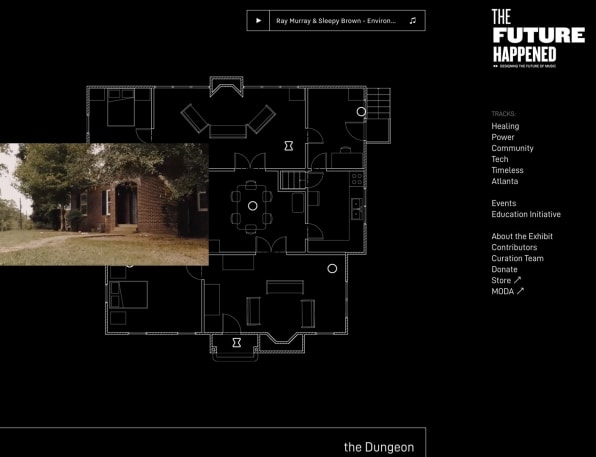
Artists who don’t want to work within those rules are building the music industry they want to see—and that starts with physical buildings. In Atlanta, a center for the music industry, homes have helped nurtured some of the biggest names in hip-hop. One example is the Dungeon Family. The music collective launched in the 1990s after Rico Wade, a producer for production company Organized Noize (which produced TLC’s Waterfalls among many others), began operating out of his mother’s Atlanta basement. (Hence the name, “the dungeon.”) Artists like Goodie Mob (including Cee-Lo Green), Parental Advisory, Outkast (including members Andre 3000 and Big Boi), and Killer Mike “were all coming together to birth all their careers,” says Floyd of the collective. Music collective Spillage Village similarly rented a house in Atlanta this past year. House music fest House in the Park is another example of how the built environment can cultivate creativity. The event “holds space for people for mainly Black and queer people,” Hall says. Azerrad adds Criminal Records, a record shop in east Atlanta, as an “act of design.” It’s a bank of knowledge, where the local community acts as curator. Together, these built spaces fostered creativity and musical innovation for those in the early stages of their careers, without major record labels acting as middlemen.
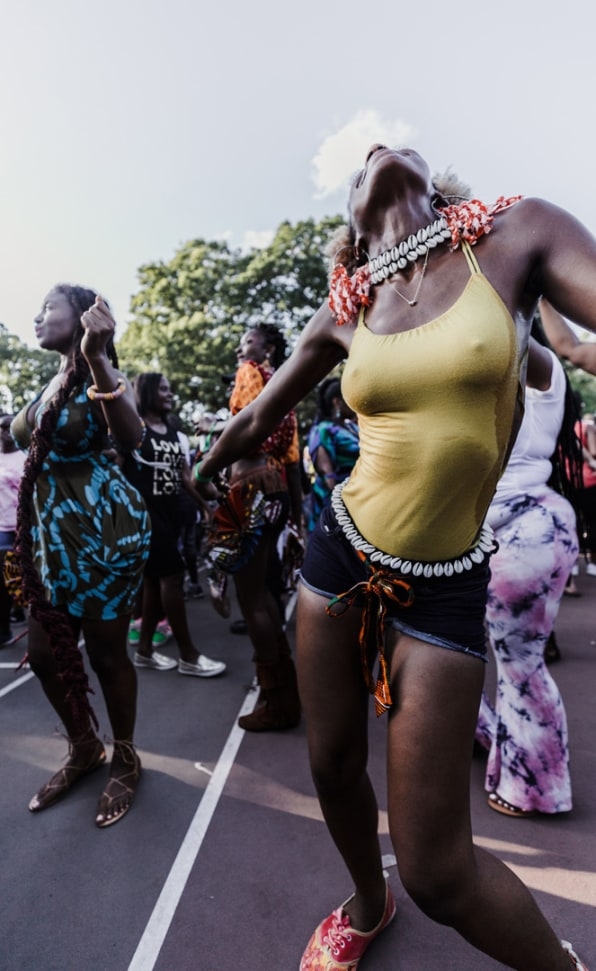
[Image: courtesy MODA/LAD Design Inc.]
Artists are finding new ways to gain exposure, and likewise platforms are developing new ways of giving artists a financial stake in a way that’s mutually beneficial. Take the wildly successful Verzuz series, in which musicians and producers face off live to determine who has the best catalog. The series, which has paired artists that were closely aligned in their careers, like Ashanti and Keyshia Cole, Brandy and Monica, and DMX and Snoop Dogg, is fun because it’s unexpected—unlike playing the same Spotify song over and over again, this lets fans experience their favorite artists in a more immediate way, and without knowing what might happen. The fact that the show pits historic rivals against each other, like Brandy and Monica, also allows the platform to leverage split fandom. Billboard called Verzuz the industry’s “next big bet,” and it has paid off for founders Timbaland and Swizz Beatz. Tiktok competitor Triller recently acquired Verzuz for an undisclosed amount, and each artist who battled in a Verzuz episode was made a shareholder. “The artists are being rewarded in a way that provides ownership,” Hall says. Artists also saw a boost in streaming numbers after their battles went live, which Verzuz has since dubbed the #VerzuzEffect.”
“Beyond the actual music streams, [and] getting the bump in your catalogue for participating, you now have artists who are owning part of a company that is streaming experiences,” Hall says. “You’re seeing the artists be rewarded for their achievements in a way that provides ownership.” This could be foundational for new ways of operating, according to Hall, in which artists consider equity rather than payment as compensation for their work; shifting the artist from “the talent” to “shareholders in the culture,” he says. The platform has also announced a partnerships with Peloton. All of which is to say that there is clearly promise in experience design that emphasizes one-of-a-kind events over predictable streams.
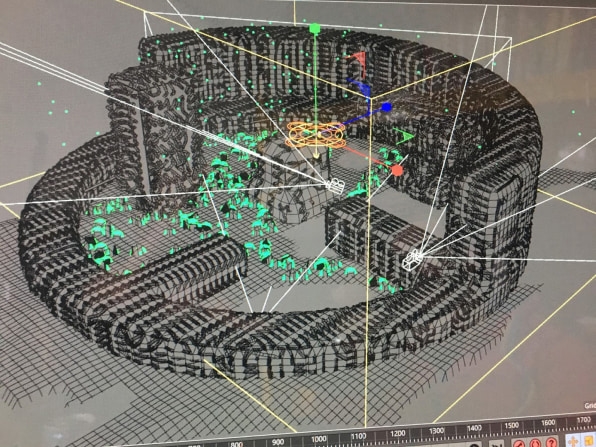
[Image: courtesy MODA/LAD Design Inc.]
Another player in the music scene over the past year is Oda. On its face, its a well-designed speaker. But it’s also a trojan horse for live music, and for a new kind of payout system for creators. The speaker doesn’t work on demand. You can’t turn it on and hear music whenever you want. Rather, it’s like a remote symphony—you, the listener, get a seasonal calendar, and when it’s showtime the speaker automatically starts playing live directly from the musician’s home to you. It’s a model for a new monetary structure, possible by smaller scale, ad-free, more intimate performances. Listeners pay a $79 seasonal Oda membership, and 70% of membership income goes to the artist, who is paid for each performance or weekend residency. “You can’t listen to Oda once it’s over. Membership puts creators at the center of the value system chain,” says Azerrad.
These examples show how artists are creatively fighting back against an asymmetrical power structure. “When you’re talking specifically about remuneration, and where artists are compensated and valued in the chain, it’s systems,” says Azerrad. “Certainly, people will pay top ticket for a stage show or live show that will blow your mind. For large-scale change, it’s not going to be something that looks neat. It’s going to be a systemic disruption.” That means redesigning the way the music industry operates, from the bottom up: from music collectives that foster emerging artists to new ways for fans to connect with artists to more equitable payouts. Artists are using design, not to make things look pretty, but to assert more control over their creativity.
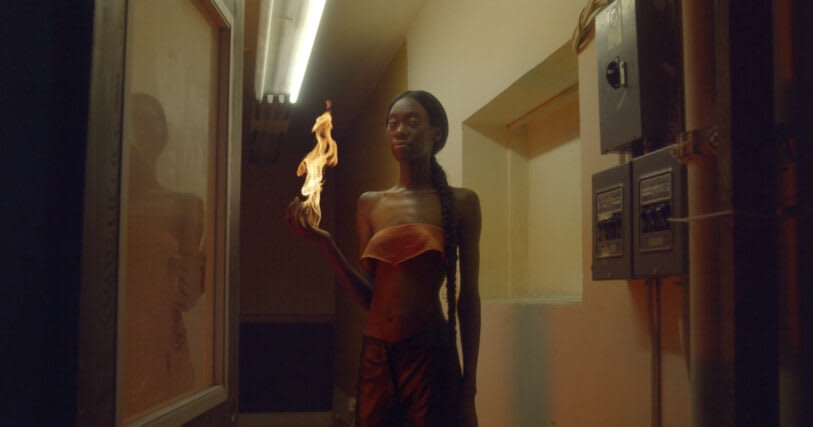
C-Prinz, All In Your Head, Clipping, 2020. [Image: courtesy MODA/LAD Design Inc.]
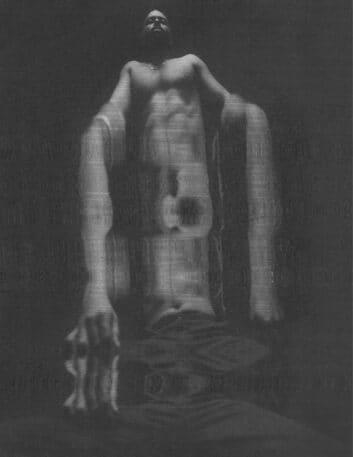
C-Prinz, Daveed Diggs, Clipping, 2020. [Image: courtesy MODA/LAD Design Inc.]
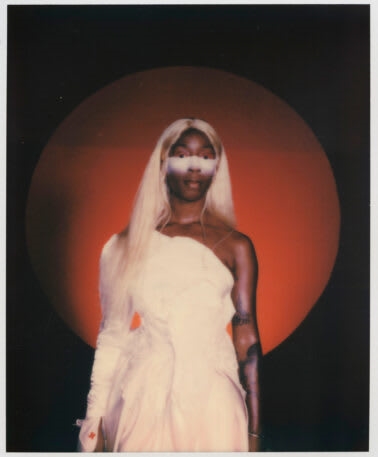
Charlotte Adigéry, The Yin Yang Self Meditation, 2019. [Image: courtesy MODA/LAD Design Inc.]
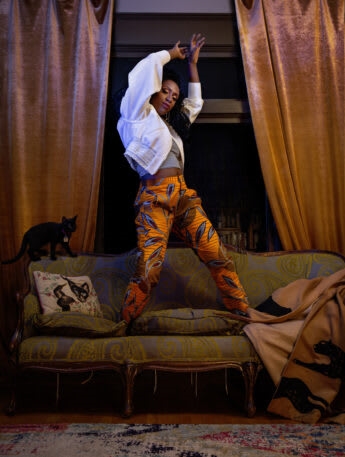
Holly Andres, Blossom, 2020. [Image: courtesy MODA/LAD Design Inc.]
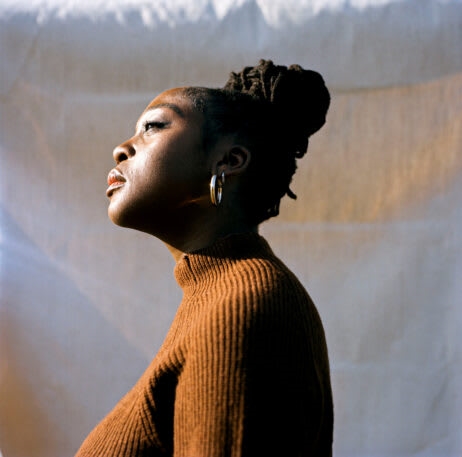
Adama Jalloh, Cassie Kinoshi, 2021. [Image: courtesy MODA/LAD Design Inc.]
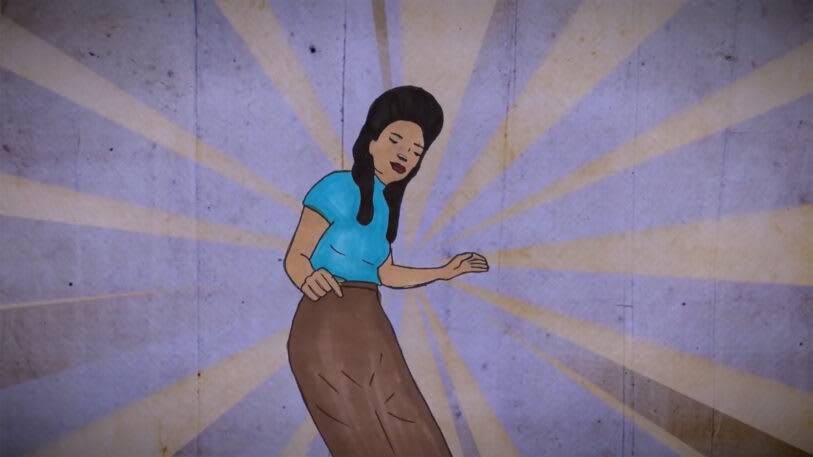
El Oms, Searching The Blue, The Arcs, 2019. [Image: courtesy MODA/LAD Design Inc.]
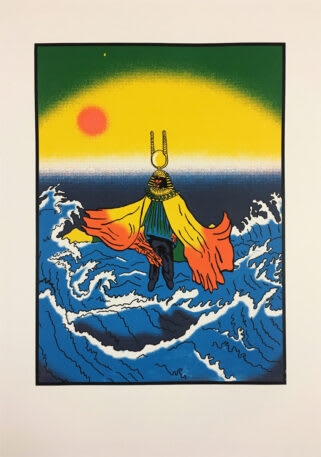
Ghaurab Thakali, Sun Ra, 2018. [Image: courtesy MODA/LAD Design Inc.]
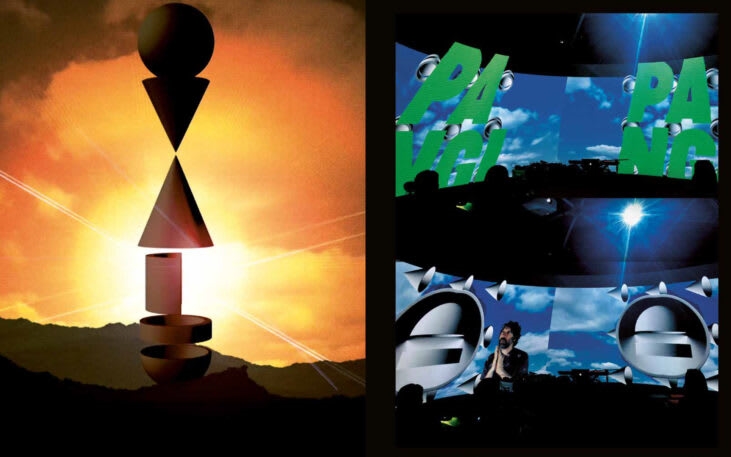
Mark James, Gruff Rhys, “PANG!”, 2020. [Image: courtesy MODA/LAD Design Inc.]
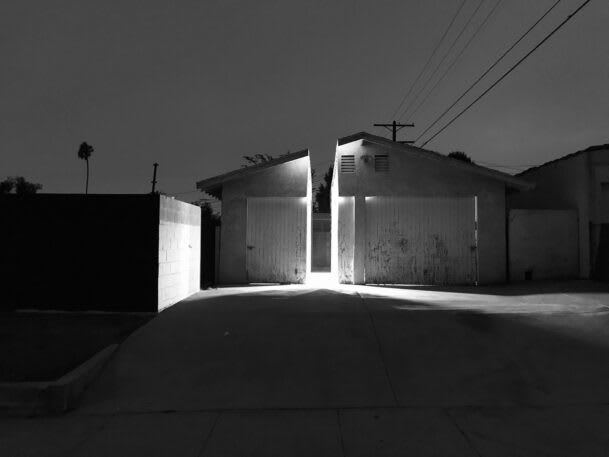
Mike Nesbit, 1238 Project, 2020. [Image: courtesy MODA/LAD Design Inc.]
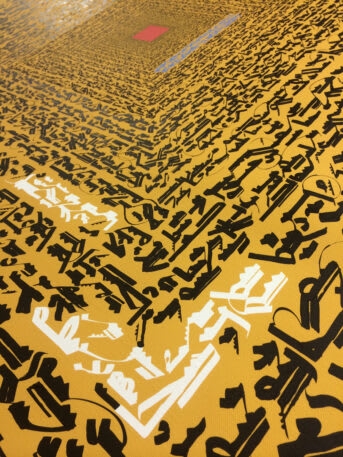
Nep Sidhu, Welcome To Quazarz, Shabazz Palaces, 2020. [Image: courtesy MODA/LAD Design Inc.]
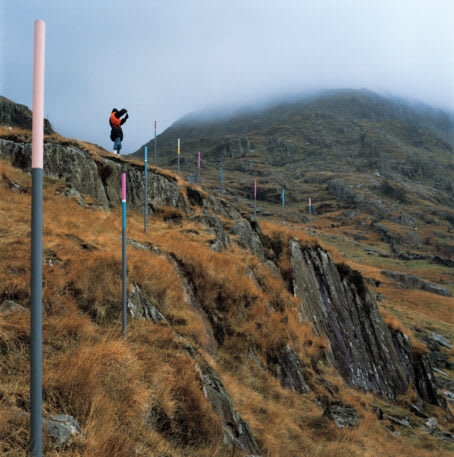
Peter Saville, From The Hip, New Order, 1984. [Image: courtesy MODA/LAD Design Inc.]
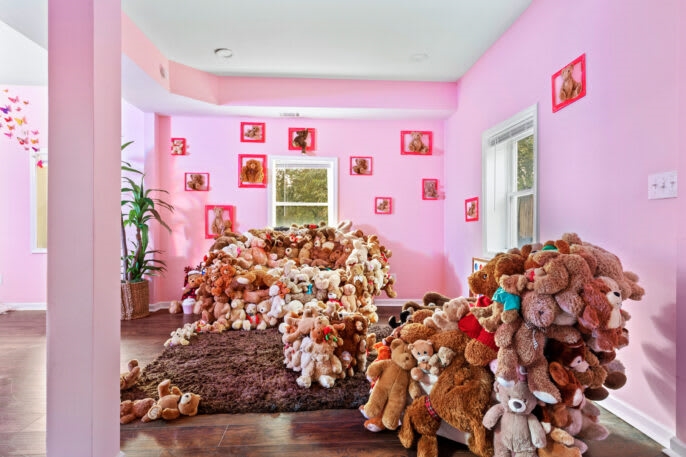
Set By Skye, Play House Air BnB, 2020. [Image: courtesy MODA/LAD Design Inc.]
Fast Company , Read Full Story
(68)

